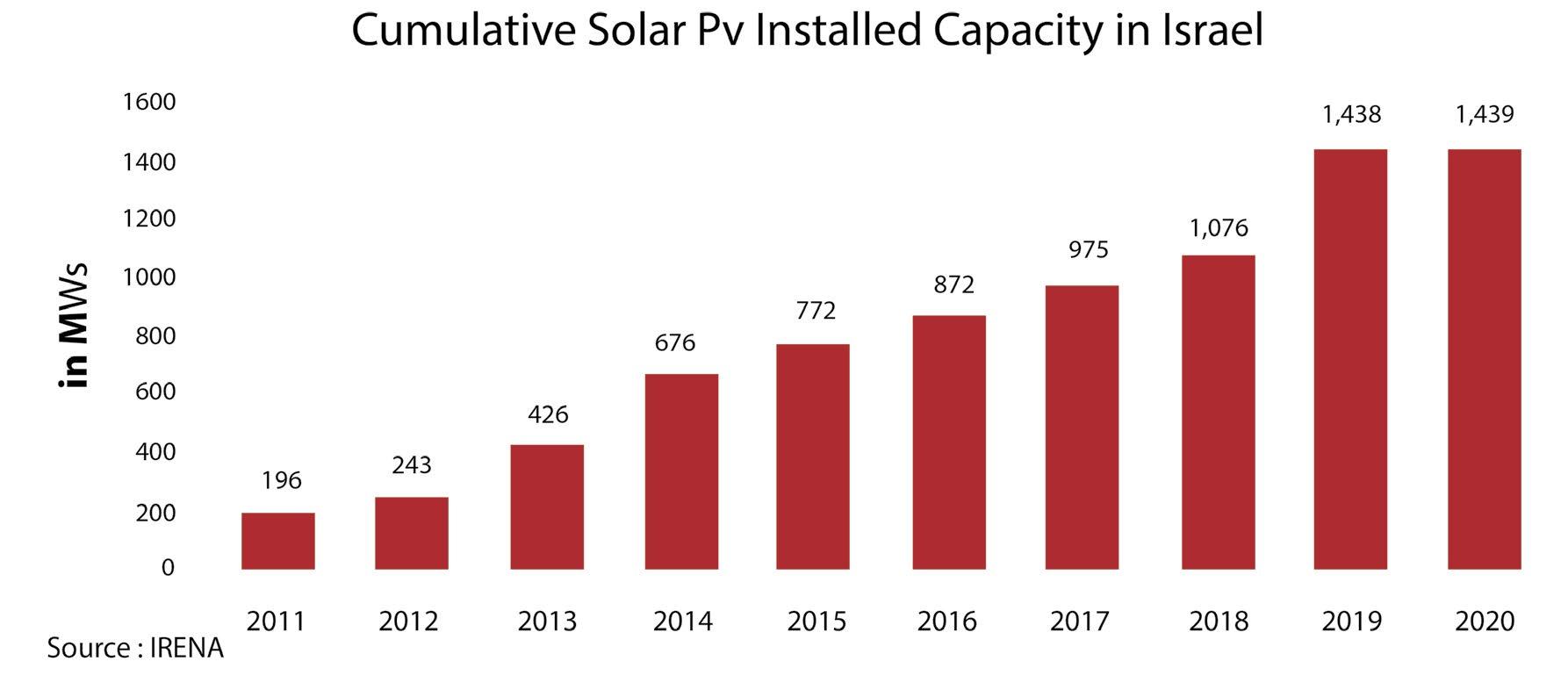
2 minute read
Israel
In 2002, the Ministers' Committee on Social and Economical Affairs decided, in resolution 2246, to encourage the construction and operation of electricity plants operated through renewable energy by private producers and the electricity company. The resolution set a goal of 2% of the electricity supply to consumers starting from 2007 and an increase of one percent every three years, up to a level of 5% of the total electricity generation in 2016 and of 10% up to 2020. In 2007, the Israeli government decided, in resolution 2178 to remove limitations in the energy sector and encourage electricity generation by private entrepreneurs. In 2008-9, as part of the policy of transition to using renewable energy, resolution 3338, issued on March 27, 2008, on building Solar power stations in the Eshalim region in the Negev, with a capacity of about 250 MW. In July 2011, the Government allows generating electricity through Solar energy, Wind energy, and energy based on Bio-gas, Bio-mass, and Waste. In September 2015, a government resolution 542 was adopted on reducing greenhouse gas levels and making energy consumption in the economy more efficient by producing electricity from renewable energy sources at a rate of 13% in 2025, out of total electricity consumption, and 17% in 2030. In April 2016, the government outlined (Resolution 1403) steps to achieve the goals of reducing greenhouse gas emissions, energy efficiency, and generating electricity from renewable energy sources. These include tax incentives for electricity generation facilities from renewable energy, promotion of Green Building projects. The government passed a resolution for setting a national target for reducing greenhouse gas emissions. The reduction of electricity consumption by at least 17% by 2030 relative to the expected electricity consumption for that year. For the renewable sources of energy at least 13% of the total electricity consumption in Israel by 2025, increasing to at least 17% by 2030.
EQ iSearch
Advertisement

The government National plan is to reduce the energy intensity to 11% by 2025, compared with 1.2% by 2015. This target reflects an improvement in final energy intensity from 148.6 MWh in 2015, to about 131.7 MWh in 2025 in the country. The government has set the target to achieve a 30% renewable energy goal by 2030, and around 20% by 2025. By the end of 2019, renewable energy installed capacity was around 1.5 GW, with solar accounting for 1.4 GW.



